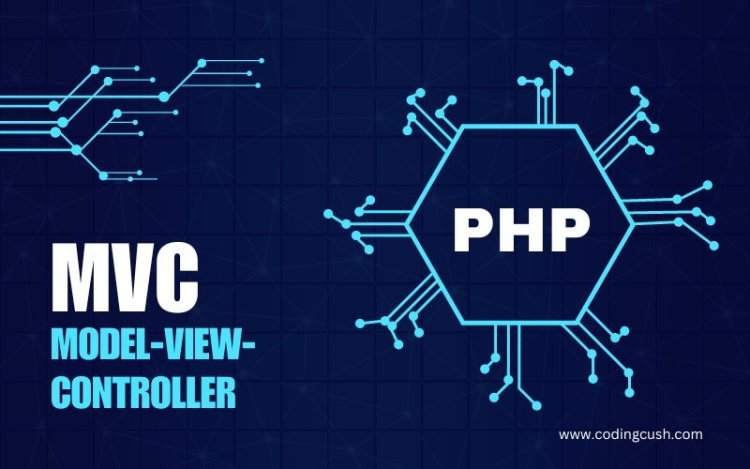Understanding the MVC Concept in PHP: A Comprehensive Guide
Discover the MVC (Model-View-Controller) concept in PHP with our comprehensive guide. Gain a deep understanding of this powerful architectural pattern and learn how to implement it in your PHP applications for enhanced organization, separation of concerns, and improved code maintainability.

Introduction:
In the world of web development, maintaining a structured and organized codebase is crucial for building scalable and maintainable applications. The Model-View-Controller (MVC) concept provides a powerful architectural pattern that helps achieve precisely that. In this comprehensive guide, we will dive deep into the MVC concept in PHP, exploring its key components and how it can benefit your PHP development projects.
Section 1: What is the MVC Concept?
1.1 Introducing the MVC Pattern:
- Explanation of the Model-View-Controller pattern.
- Overview of the three core components: Model, View, and Controller.
- How they work together to separate concerns and enhance code modularity.
1.2 Advantages of MVC:
- Benefits of using the MVC concept in PHP development.
- Improved code organization and maintainability.
- Separation of business logic from presentation logic.
- Reusability of code components.
- Facilitation of collaboration among developers.
Section 2: Understanding Each Component:
2.1 The Model:
- Definition and purpose of the Model in MVC.
- Handling data retrieval, storage, and manipulation.
- Implementing business logic within the Model layer.
- Examples showcasing the Model's role in PHP applications.
2.2 The View:
- Explanation of the View component's role in MVC.
- Displaying data to users through HTML templates.
- Keeping the presentation logic separate from the business logic.
- Utilizing PHP's templating capabilities for dynamic content rendering.
2.3 The Controller:
- Defining the Controller and its responsibilities.
- Handling user input and orchestrating actions.
- Updating the Model and selecting the appropriate View.
- Real-world examples demonstrating Controller usage in PHP applications.
Section 3: Implementing MVC in PHP:
3.1 Choosing a PHP Framework:
- Overview of popular PHP frameworks that support MVC architecture.
- Comparison of frameworks such as Laravel, Symfony, and CodeIgniter.
- Factors to consider when selecting a framework for your project.
3.2 Setting Up the Project Structure:
- Creating directories for Models, Views, and Controllers.
- Organizing code files and dependencies.
- Configuring routing for mapping URLs to Controllers.
3.3 Implementing Models, Views, and Controllers:
- Step-by-step walkthrough of creating a sample PHP application using MVC.
- Creating Models to handle data manipulation and business logic.
- Designing Views for presenting data to users.
- Developing Controllers to handle user interactions and control flow.
Section 4: Best Practices and Tips:
4.1 Ensuring Proper Separation of Concerns:
- Strategies for keeping distinct responsibilities in each MVC component.
- Avoiding tight coupling and maintaining code modularity.
4.2 Testing and Debugging in MVC:
- Techniques for unit testing Models, Views, and Controllers.
- Debugging common issues and error handling in MVC applications.
Conclusion:
By understanding the MVC concept in PHP, you unlock a powerful tool for building well-organized, scalable, and maintainable web applications. With a clear separation of concerns and modular code structure, you can enhance productivity, collaborate effectively, and adapt to evolving project requirements. Embrace the MVC pattern in your PHP development journey, and witness the positive impact it brings to your projects.
Remember, practice and hands-on experience are key to mastering the MVC concept in PHP. So, grab your favorite PHP framework, start coding, and explore the endless possibilities offered by this architectural pattern.
